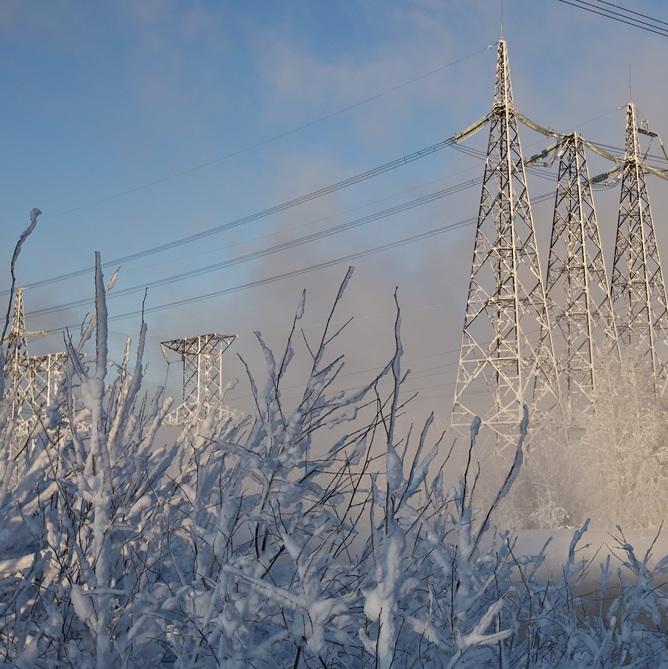The influence of low-temperatures on cable splices
In regions where winter temperatures plummet, the integrity of underground medium-voltage cables splices become a critical concern. Low temperatures can compromise the performance and safety of electrical systems, leading to potential failures. Lovink adresses these challenges with our innovative cable splice technology, ensuring reliable and durable MV connections in the harshest conditions.

Impact of low temperatures on MV cable splices
Cold weather can have detrimental effects on cable splices and joints:
- Insulation brittleness: materials like PVC become rigid and brittle at low temperatures, increasing the risk of cracking and insulation failure.
- Reduced flexibility: cables lose flexibility, making installation and maintenance more challenging and increasing the likelihood of mechanical damage.
- Moisture ingress: freezing temperatures can cause moisture to infiltrate the medium voltage cables and cable splices, leading to conductor corrosion and insulation degradation.
- Thermal shock: sudden temperature changes can induce stress within the cable joints, potentially causing cracks or misalignment.
Lovink: medium voltage splices for cold climates
Lovink’s medium voltage cable splices utlize fluid silicone insulation and resin, offering several advantages:
- Superior moisture protection: Lovink cable splices are encapsulated in a two-component resin, preventing moisture ingress and ensuring long-term reliability.
- Enhanced flexibility: the fluid nature of LoviSil® silicone maintains cable flexibility, facilitating easier installation and therefore reducing the risk of installation-related failures.
- Proven performance: with over 40 years of field experience, Lovink cable splices and joints have demonstrated exceptional durability and performance in various environmental conditions.


